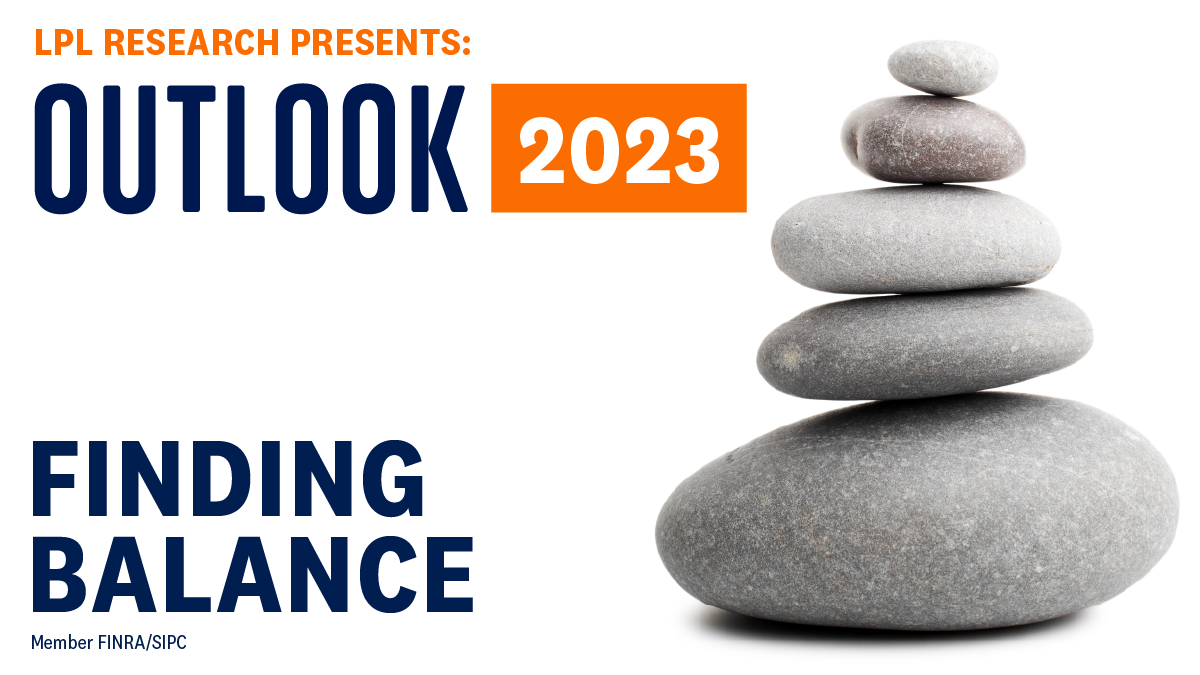Just as every snowflake is unique, so is every person's retirement plan. Though there are some general strategies that can be helpful—contribute at least 10% of your salary; have at least one year's salary saved for retirement by age 30; split contributions between pre-tax and post-tax accounts—they don't apply equally to everyone. For many, it's important to periodically seek advice from a financial professional to work toward being on track. With this in mind, here we discuss a few broad rules that can help you forge your own path toward retirement security.
Consider Retirement Expenses
If you've ever used an online calculator to try to assess your retirement readiness, you may wonder how these calculators can determine how much monthly or annual income you'll need. Most of these calculators operate on a "replacement-of-income" basis—assuming you'll need a certain percentage of your current income (usually 80%). But depending on your current income, current spending, and long-term plans, you may need substantially more (or less) income than these calculators suggest.
Expenses Eliminated
Leaving the workforce can mean leaving many of the following expenses behind (or significantly reducing them):
- Dry cleaning
- Commuting costs
- Professional or union dues
- Business clothing or uniforms
- A second vehicle
- Office space
You may also be able to downsize your home or move to a lower cost of living area in retirement, further padding your retirement accounts.
Expenses Gained
Leaving the workforce can also add expenses that were previously covered by your employer. The biggest of these is health insurance. If you don't yet qualify for Medicare when you retire, you'll either take on your employer-paid medical premiums under COBRA (for up to 18 months) or purchase private health insurance on your state's marketplace.
1 Both these options can often add some costs when compared to employer-subsidized health insurance. You may also spend more money on travel, especially in the first few years of retirement. However, if funds are tight, travel and other leisure expenses are often the simplest to cut.
Assess Retirement Readiness
Once you've taken account of your likely expenses in retirement, you'll be better able to determine whether the replacement-of-income calculators are accurate. For example, if you currently save 30% of your income and are planning to downsize to a cheaper part of the country during retirement, it's unlikely that you'll require 100% of your current income after you retire. On the other hand, if you're living paycheck-to-paycheck and your retirement expenses aren't projected to decrease, it may be safer to plan for a retirement budget that relies on 80 to 100% of your current income. It's also important to think about taxes. What state do you plan to live in during retirement? How does this state tax income? Is there a high sales tax? How are your investments allocated among post-tax and pre-tax accounts? There are a handful of states that have no state income tax, including Florida—these states are popular among retirees, who can take withdrawals from a 401(k) or IRA and pay only federal income tax on them.
2 On the other hand, those whose retirement savings are already in post-tax accounts (like a Roth IRA) won't realize any additional benefit by living in a low-tax state. While the tax treatment of retirement income doesn't need to be the only consideration in deciding where to settle, for some, it can be a major factor.
Important Disclosures: The opinions voiced in this material are for general information only and are not intended to provide specific advice or recommendations for any individual security. To determine which investment(s) options may be appropriate for you, consult your financial professional prior to investing or withdrawing. This information is not intended to be a substitute for specific individualized tax advice. We suggest that you discuss your specific tax issues with a qualified tax advisor. Contributions to a traditional IRA may be tax deductible in the contribution year, with current income tax due at withdrawal. Withdrawals prior to age 59 ½ may result in a 10% IRS penalty tax in addition to current income tax. The Roth IRA offers tax deferral on any earnings in the account. Withdrawals from the account may be tax free, as long as they are considered qualified. Limitations and restrictions may apply. Withdrawals prior to age 59 ½ or prior to the account being opened for 5 years, whichever is later, may result in a 10% IRS penalty tax. Future tax laws can change at any time and may impact the benefits of Roth IRAs. Their tax treatment may change. All information is believed to be from reliable sources; however LPL Financial makes no representation as to its completeness or accuracy. This article was prepared by WriterAccess. LPL Tracking #1-05337702.
Footnotes
1 FAQs on COBRA Continuation Health Coverage for Workers,” U.S. Department of Labor, https://www.dol.gov/sites/dolgov/files/ebsa/about-ebsa/our-activities/resource-center/faqs/cobra-continuation-health-coverage-consumer.pdf
2 Florida Tax Guide, State of Florida, https://www.stateofflorida.com/taxes/












